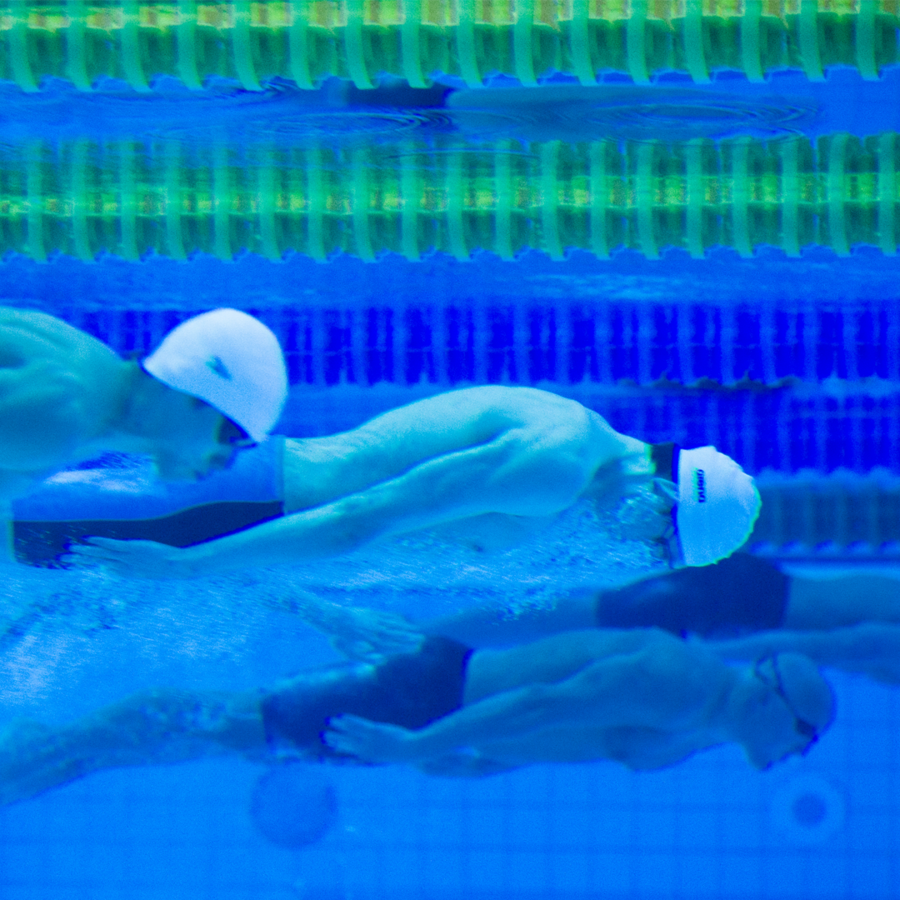This transversal impact area coordinates development initiatives with the relevant WADA functional areas and programs to ensure all development work is implemented under a shared approach, maximizing the use of our resources and tools.
ADO Programs Assessment Framework (ADOPAF)
To achieve this effectively, the Program Development Impact Area has created the ADO Program Assessment Framework (ADOPAF). The ADOPAF continuously assesses the health of ADO programs from compliance and development data, providing a high-level view of individual ADO programs and the global anti-doping landscape by identifying trends and issues. The Impact Area then contributes to the design, development, and coordination of programs to address these gaps with WADA functional areas and key stakeholders.
ADO Benchmarking Project
In June 2024, WADA published the data from Phase I the ADO Benchmarking Project, which aims to help ADOs measure their activity in context. Data from Phase II of the Project, which covers International Federations, is scheduled to be published in early 2025.
The Benchmarking Project was created to establish typical ranges of activity for similar ADOs so they can understand their own levels of activity across various program indicators (i.e., number of tests, Registered Testing Pool (RTP) size, budget, etc.) within the context of those ranges. This will enable ADOs and WADA to identify possible gaps in program delivery and to work collaboratively to address underlying issues.
Learn more about the ADO Benchmarking Project.
Future Initiative
In 2025, ADOPAF will launch an initiative focused on landscape risk assessment.
Effective institutions are key to sustainable anti-doping growth. Under the World Anti-Doping Code (Code) and the International Standards, ADOs produce the policies and procedures, mobilize and manage the resources, and deliver the programs.
Objectives
As the global regulator and enabler for anti-doping, WADA supports ADOs to become sustainable and effective organizations that can deliver Code compliant anti-doping programs. The Program Development Impact Area contributes to this mission through three specific objectives:
- Assess the status of ADO programs and inform compliance, capacity and capability building activities.
- Coordinate Program Development initiatives.
- Monitor, evaluate and report on outcomes of Program Development initiatives.
Activities
Considering current compliance and development needs, the Program Development Impact Area has launched, in coordination with our relevant departments and programs, the following projects and programs:




